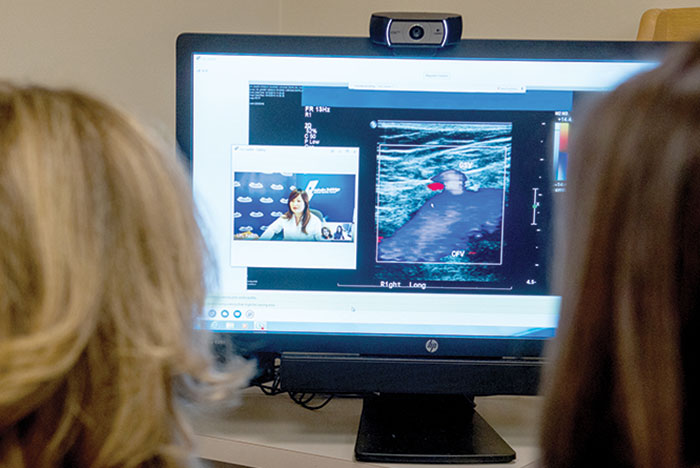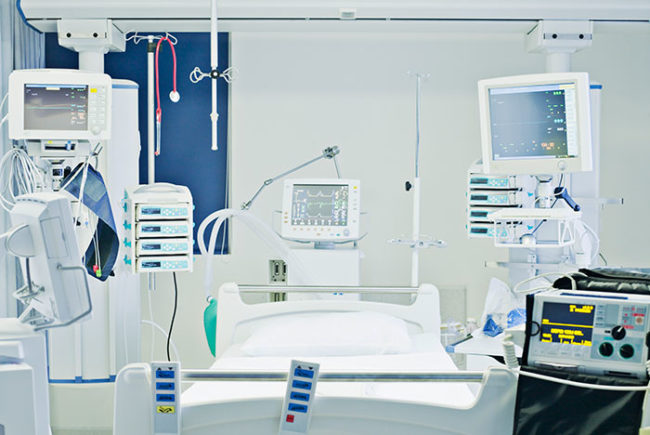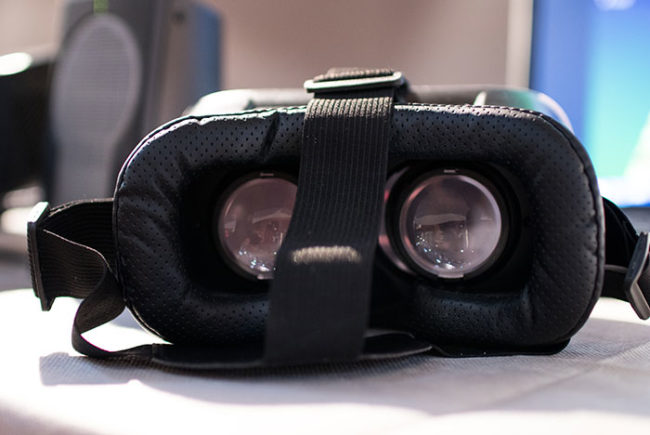
Henry Ford Health System’s technology infrastructure allows providers to deliver the same high-quality health care through remote and virtual means as they do through face-to-face interactions.
From security equipment and devices to smart technology in patient rooms to expanding the use of telehealth services, many hospitals continue to invest in new technology that drives operational efficiency and patient care, safety and convenience.
Those are among the key findings of the 2017 Most Wired survey, conducted earlier this year by Health Facilities Management’s sister publication Hospitals & Health Networks (H&HN).
The survey of 698 participants, representing an estimated 2,158 hospitals examines how organizations are leveraging information technology (IT) and other innovations to improve performance for value-based health care in the areas of infrastructure, business and administrative management; quality and safety; and clinical integration.
Because of the continuous need to guard against security breaches involving data and patient information, hospitals make investing in equipment and devices to protect IT systems a high priority.
“Innovation in patient care embraces emerging technologies and underscores the need for secure patient information exchange,” says Suzanna Hoppszallern, H&HN senior editor, data and research. “Hospitals have increased their use of sophisticated IT systems to detect patient privacy breaches, monitor for malicious activities or policy violations and produce real-time analysis of security alerts.”
The survey also reveals that a high percentage of hospitals conduct security assessments at least annually to ensure the security of patient information and data.
Beyond security issues, the survey found that telehealth or telemedicine continues to expand as hospitals try to make care more accessible and convenient. Indicative of telehealth’s growth is Henry Ford Health System (HFHS), Detroit, named one of this year’s Most Wired hospitals. HFHS has developed its Virtual Care program, which offers diversified and growing types of telemedicine capabilities.
The program started some eight years ago at a basic level with secure email messaging between patients and physicians, which then expanded to patients’ attaching photos as part of basic procedural follow-ups, says R. David Allard, M.D., chief medical information officer at the health system.
For the past four years, HFHS has offered specialist-to-specialist or specialist-to-patient visits when the patient is already in the hospital, he says. The communication is enabled with a mobile camera and workstation staffed by a clinician or other staff member for a live session with audio and video.
For the past year, it has offered telehealth visits for patients at home who use their mobile phones to conduct two-way video and audio consultations with their providers.
“We’re doing about 150 virtual visits a month right now, which is a small sliver of the total we do. But the number is increasing rapidly and we’ve not done much marketing of it yet,” he says, adding that the program only will get bigger. “The patients are going to want it and the doctors are going to want it.”
Finally, investing in new technology to improve staff and clinician workflow is supported by most hospitals in the survey. The most commonly used wireless applications and technologies are:
- Handheld devices, 92 percent
- Nurse call/paging systems, 88 percent
- Wireless VoIP, 87 percent
- Cellular service, 85 percent
- Radio-frequency identification/real-time locating systems, 62 percent
Smart technologies used to enhance patient care, quality and safety is less common but growing. Applications include:
- Camera in patient room for remote monitoring, 49 percent
- Bed mats for prevention and reduction of pressure ulcers, 40 percent
- Smart beds that provide patients’ vital signs, 35 percent
Detailed results of the Most Wired survey and benchmarking study can be found in the July issue of H&HN or by accessing the publication’s website at www.hhnmag.com.





